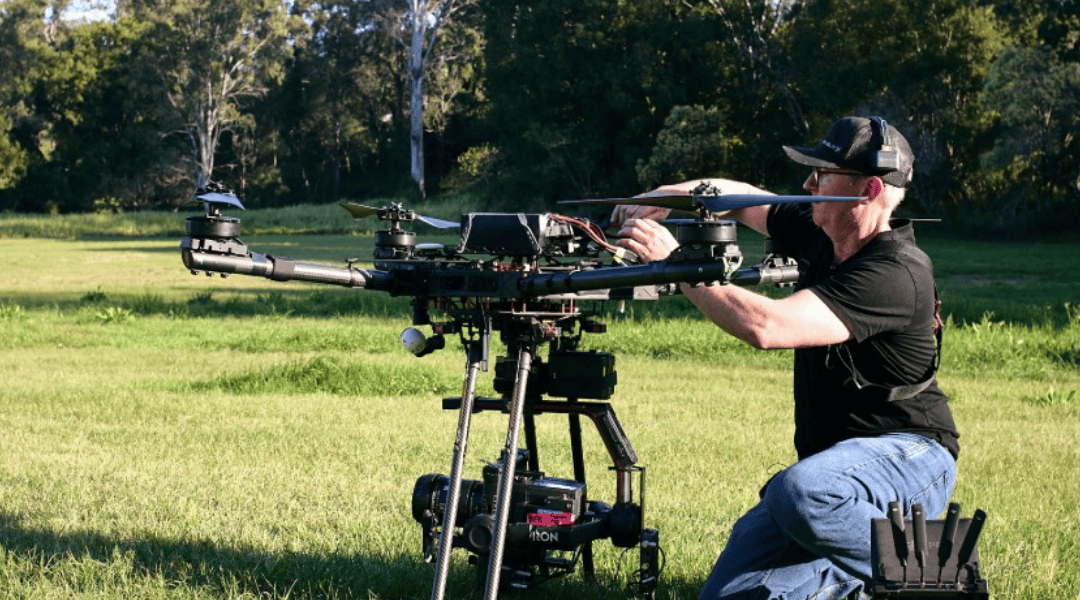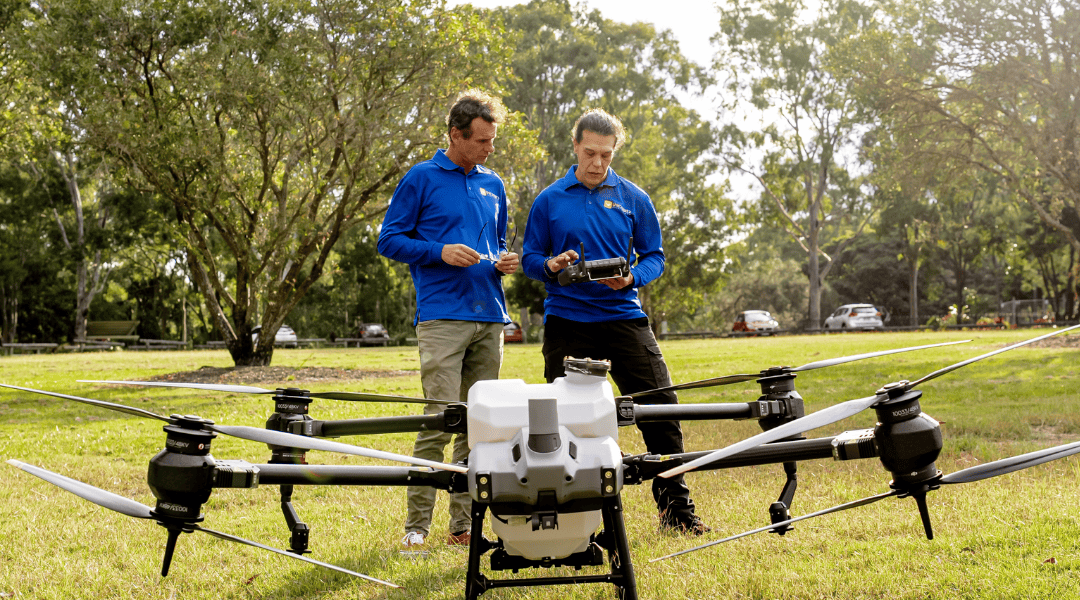A small prototype of a 24 electric-motor aircraft capable of vertical take-off and landing (VTOL) has completed flight testing in the United States.
The Defense Advanced Research Projects Agency (DARPA) tested the sub-scale version as part of its X-Plane Program and will now develop a full-scale version.
The aircraft runs on 24 electric ducted fans; 18 distributed within the main wings and six in the canard surfaces, with the wings and canards tilting upwards for vertical flight and rotating to a horizontal position for wing-borne flight.
Testing on the X-Plane prototype began in March 2016, with early flights covering auto take off, sustained hover, directional and translational control waypoint navigation and auto landing. The most recent round of testing, as covered in the video above, covered an expanded flight envelope and increases in air speed until the wing generated most of the lift.
According to DARPA, the successful tests suggest there is a time in the not-so-distant future when VTOL aircraft could fly much faster and further than any existing hover-capable craft, and take off and land almost anywhere.
‘The VTOL demonstrator was designed specifically to test the aerodynamic design of the aircraft, validate flight dynamics, and develop the flight and mission-systems controls for application to the full-scale vehicle,’ said Ashish Bagai, DARPA program manager.
‘The aircraft exhibited exceptional flight characteristics, with no loss in altitude even as it transitioned from vertical to horizontal flight. It also demonstrated aerodynamic effectiveness of the distributed propulsive system.’
With sub-scale testing complete, DARPA’s focus now shifts to developing and testing a full-scale version.
Dubbed the XV-24A, the full-scale model will weigh about 5.4 tonnes (12,000 pounds) compared with the demonstrator’s 146 kg (322 pounds), and will aim to display specific performance objectives stipulated by DARPA: flight speeds in excess of 300 knots, full hover and vertical flight capabilities and, relative to helicopters, a 25 per cent improvement in hovering efficiency and 50 per cent reduction in system drag losses during cruise.
The sub-scale aircraft flight and mission control architectures will, for the most part, be carried over into the full-scale VTOL aircraft, but with a few additions and improvements.
According to Bagai, the full-scale aircraft will incorporate a triple-redundant flight control system instead of a single system. A hybrid turboshaft engine will drive electric generators, rather than batteries, to power the fan units.
The full-scale aircraft fan units will be synchronised to the generators and turn at a constant RPM, but incorporate variable pitch. On the prototype the fans are speed controlled.
You can find more information via DAPRA’s website.




